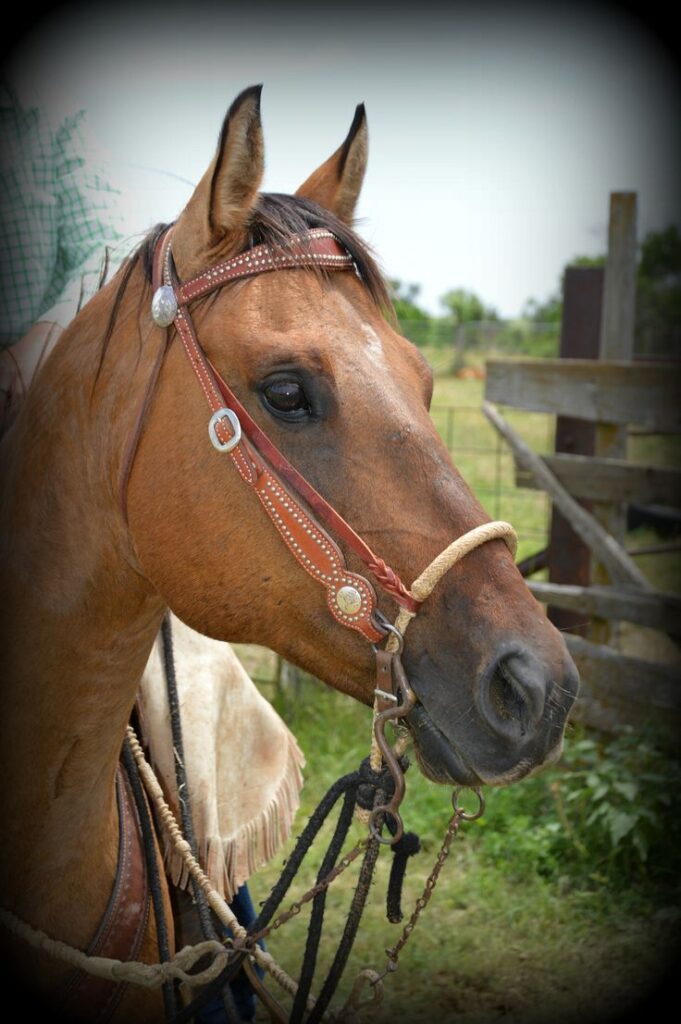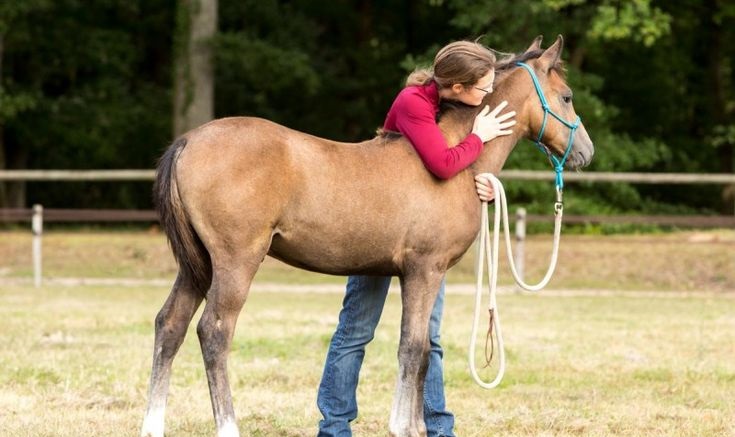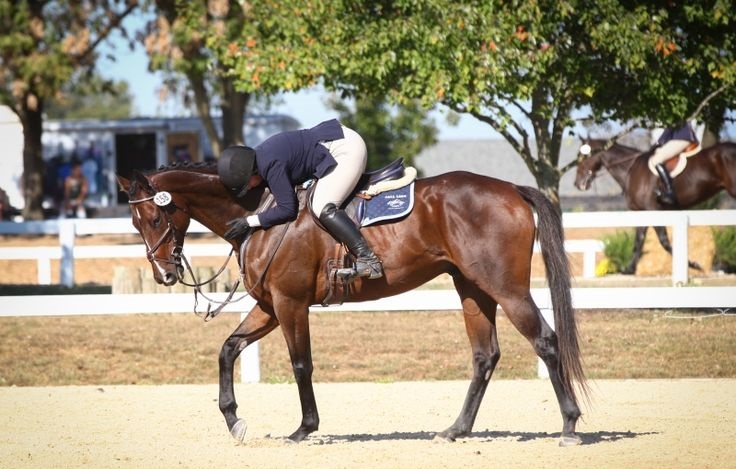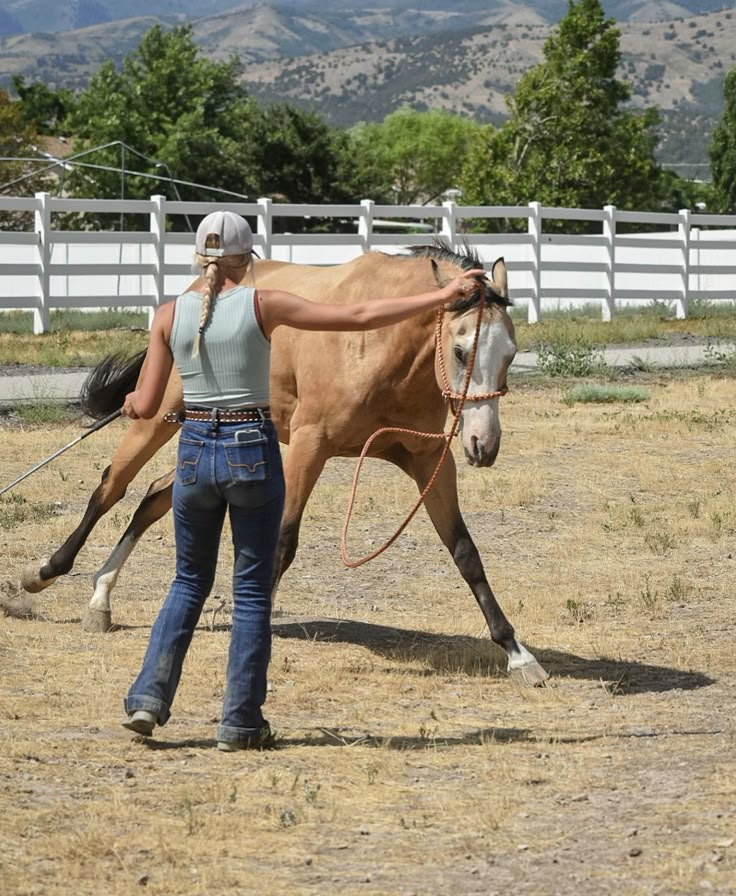
Owning a horse is a dream come true for many—an experience filled with adventure, growth, and a profound bond between human and animal. But the first year of horse ownership can also be overwhelming. From learning about proper care and nutrition to understanding equine behavior and training, the journey from stable to saddle is filled with important milestones.
Whether you’re a complete beginner or coming back to horses after years away, this guide walks you through everything you need to know for a successful first year as a horse owner.

1. Preparing for Horse Ownership
Before bringing your horse home—or even choosing one—it’s essential to get your groundwork in place.
Ask Yourself These Questions:
- Do I have access to appropriate housing or boarding?
- Can I afford the ongoing costs of care, including emergencies?
- Do I have the time and commitment to spend daily with my horse?
- Am I prepared to continue learning and improving my horse knowledge?
Initial Setup Essentials:
- Shelter: A stable, run-in shed, or secure pasture with shade.
- Fencing: Safe, visible fencing—avoid barbed wire.
- Tack & Gear: Halter, lead rope, grooming kit, saddle, bridle, and first aid supplies.
- Feed & Water Setup: Clean water troughs or buckets, feeders, hay storage.


2. Choosing the Right Horse
The perfect horse for your friend may not be the right one for you. Choose wisely, considering your skill level, goals, and experience.
What to Look For:
- Temperament: A calm, willing horse is ideal for beginners.
- Age: A mature horse (8–15 years) is often better than a green or very young one.
- Health: Get a pre-purchase veterinary exam to rule out underlying issues.
- Training: Well-trained horses make the first year more manageable and enjoyable.
Don’t rush the process. Try multiple horses, ask lots of questions, and involve a trusted trainer or experienced horse person in the decision.

3. Getting Settled: Your First 30 Days
Once your horse arrives, focus on building a routine, observing behavior, and slowly building trust.
Daily Routine Basics:
- Feed hay 2–3 times daily, with fresh water always available.
- Clean stalls or paddocks daily.
- Check hooves and body for injuries or abnormalities.
- Groom daily to bond and monitor condition.
- Offer turnout time for movement and mental stimulation.
Key Focus Areas:
- Bonding: Spend quiet time just being with your horse—hand grazing, grooming, or standing nearby.
- Safety: Practice leading, haltering, and tying. Set clear boundaries for space and manners.
- Observation: Learn your horse’s normal behavior so you can catch any changes quickly.
This is the foundation phase—don’t rush into riding or advanced training just yet.

4. Nutrition and Feeding
Proper feeding is critical to your horse’s health.
Forage First:
- Your horse should consume 1.5%–2.5% of its body weight in hay or grass daily.
- Ensure forage is free from mold, dust, or weeds.
Grain and Supplements:
- Many horses thrive on hay and pasture alone. Grain is only needed for those with higher energy demands.
- Salt blocks or loose salt should be available at all times.
- Consult with a vet or equine nutritionist before adding supplements.
Water:
- Horses need 5–15 gallons of fresh, clean water daily.
- In winter, use heated buckets or tank heaters to prevent freezing.
Establish a consistent feeding schedule to support digestive health and emotional security.

5. Grooming and Hoof Care
Grooming is more than just keeping your horse clean—it’s a chance to bond and perform health checks.
Daily Grooming Checklist:
- Curry comb: Loosen dirt and hair while stimulating circulation.
- Hard brush: Remove debris and dried mud.
- Soft brush: Polish coat and clean sensitive areas.
- Hoof pick: Clean all four hooves daily and check for stones, cracks, or odors.
Farrier Visits:
- Schedule a farrier every 6–8 weeks for trimming or shoeing.
- Maintaining healthy hooves is essential—neglect can lead to lameness or infections.

6. Building a Bond Through Groundwork
Before you ride, groundwork helps develop respect, communication, and trust.
Key Groundwork Exercises:
- Leading calmly: Walk, stop, and turn with you.
- Personal space: The horse should not crowd or lean on you.
- Desensitization: Introduce scary objects gradually to build confidence.
- Lunging: A good tool for exercise and listening skills, but should be taught correctly.
These activities help reinforce your role as a calm, fair leader while making your horse more responsive and attentive.

7. Veterinary Care and Health Management
Your horse will need regular vet visits and preventative care throughout the year.
Vaccinations:
- Core vaccines include tetanus, West Nile virus, equine influenza, and rabies.
- Your vet may recommend additional vaccines based on your location and lifestyle.
Deworming:
- Use a fecal egg count (FEC) to tailor deworming to your horse’s specific needs.
- Rotate dewormers and follow your vet’s schedule.
Dental Care:
- Horses’ teeth grow continuously and may need floating (filing) every 6–12 months.
- Dental issues can cause weight loss, bit discomfort, or resistance.
First-Aid Essentials:
- Thermometer
- Antiseptic wound spray
- Bandages
- Hoof boots or pads
- Electrolytes
- Emergency vet contact info
Monitor your horse daily for changes in appetite, behavior, or appearance.

8. Starting to Ride
You’ve built a relationship and established routines—now comes the exciting part: riding.
Important Riding Considerations:
- Always check tack for proper fit and wear.
- Start with groundwork warm-ups before mounting.
- Keep early rides short and positive.
- Hire a trainer for guidance if needed—especially if you’re a beginner.
Your first year is not about pushing boundaries; it’s about learning to move as one with your horse, in and out of the saddle.
Building Riding Confidence:
- Focus on posture, balance, and communication through your seat and reins.
- Learn to recognize and reward correct responses.
- Never be afraid to go back to basics.
Patience and consistency are more important than perfection.

9. Dealing with Challenges
Every new horse owner encounters challenges—it’s part of the learning curve.
Common First-Year Problems:
- Biting or crowding: Often due to unclear boundaries or inconsistency.
- Spooking: Build confidence through desensitization and calm handling.
- Health issues: Watch for colic signs (e.g., rolling, pawing) or lameness.
- Training setbacks: Don’t panic—take a step back and reassess.
Seek help from professionals—vets, trainers, farriers—when in doubt. You’re not alone.


10. Community, Learning, and Growth
Joining the equestrian community can be incredibly rewarding and educational.
Ways to Learn and Connect:
- Take riding lessons or clinics.
- Read equine books and watch training videos.
- Join local horse clubs or online groups.
- Attend shows, tack swaps, or educational events.
Surrounding yourself with experienced horse people helps you grow faster and avoid common mistakes.

11. Reflecting on Your First Year
By the end of your first year, you’ll likely be amazed by how much you’ve learned—and how far you and your horse have come.
Celebrate These Milestones:
- Establishing a daily care routine
- Building a strong groundwork foundation
- Tackling your first successful rides
- Handling minor health or behavioral issues with confidence
- Forming a true partnership with your horse
Horses have a way of teaching us patience, empathy, responsibility, and resilience. The first year is just the beginning of a lifelong journey of learning and connection.


Conclusion: Embrace the Journey
The transition from stable to saddle is one of the most exciting and fulfilling experiences you can have as a new horse owner. Yes, it will test you. You’ll make mistakes. But the rewards—those quiet moments in the barn, that first perfect ride, the way your horse comes to meet you at the gate—are worth every challenge.
Remember: You don’t need to know everything on day one. You just need to stay curious, be consistent, ask for help when needed, and love your horse with everything you’ve got.
In the end, your horse won’t remember your perfect ride—but they’ll remember how you made them feel.






